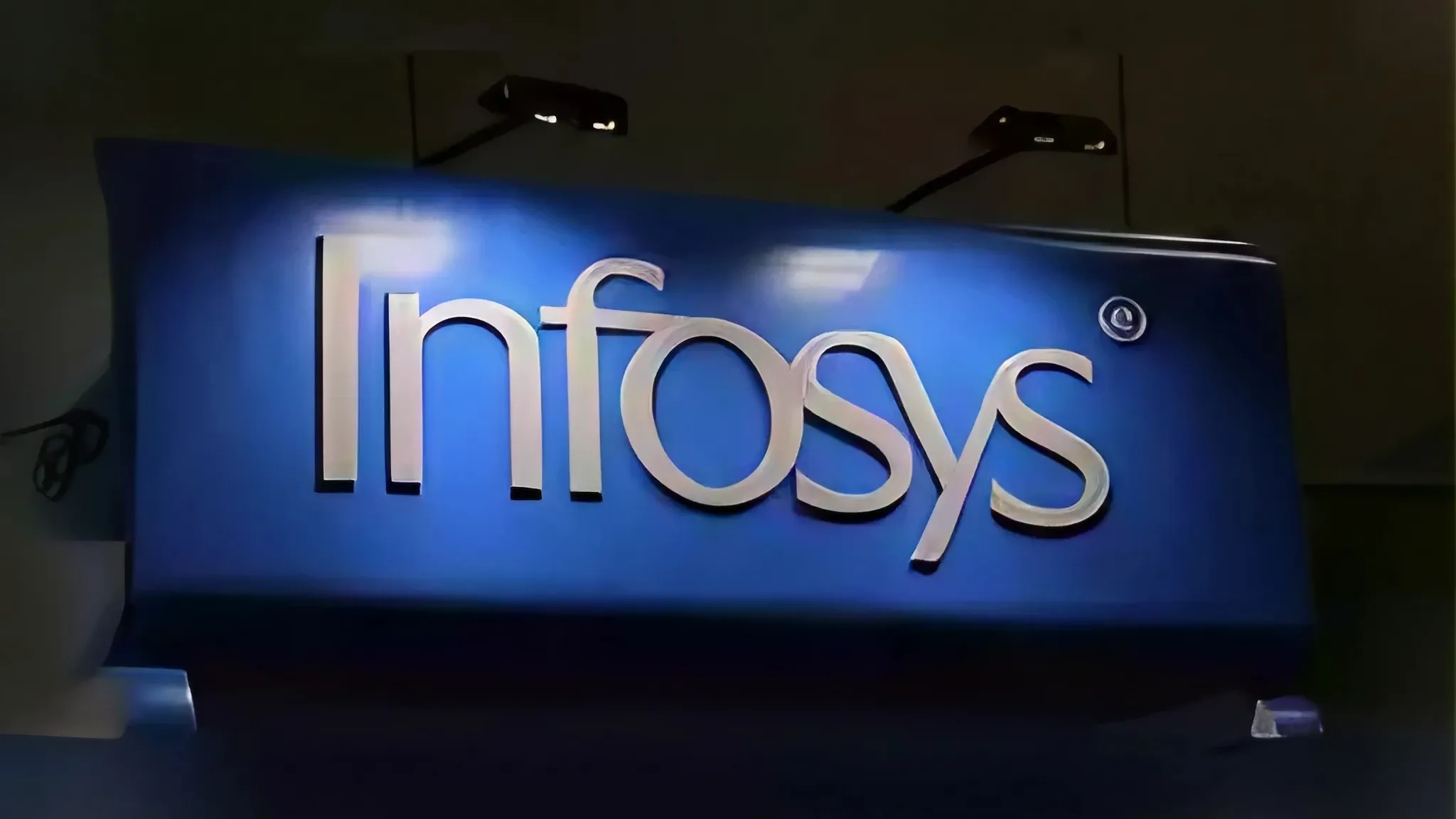The New Year has begun with a dose of reality for India’s IT sector employees. Several major IT services companies, including Infosys, have pushed back salary increments for FY25. HCL Technologies has also implemented pay hikes only partially so far. This cautious approach to compensation, despite decent utilisation levels, signals a notable shift from the hiring frenzy and multiple hikes witnessed during the COVID period.
IT sector hits pause
This change in HR practices within the IT sector could cast a shadow on India’s consumer economy. IT employees are significant contributors to spending, particularly in discretionary sectors such as automobiles, consumer durables, and property. A squeeze on their income could ripple through these sectors. For investors, this situation highlights the ongoing pressure on costs and profit margins within IT firms. The surge in lateral hiring during the pandemic inflated expenses, disrupted employee structures, and hurt profitability. Companies are still grappling with these after-effects, and profit margins are yet to fully recover to pre-pandemic levels.
Consumer impact looms
With business growth decelerating, the focus has turned to cost management. Delaying or reducing pay increases is one lever companies are pulling to rationalise costs and incrementally improve profit margins. However, substantial margin improvement hinges on securing better pricing, achieving greater cost efficiencies, and a meaningful rebound in client discretionary spending. The outlook for such spending remains uncertain, especially with political transitions in the US and evolving trade policies. Currently, cost-cutting projects are the primary business drivers for IT companies, a contrast to the technology transformation projects that fuelled demand during the pandemic.
Loan AI is a bright spot
While analysts anticipate a gradual improvement in 2025 compared to the previous year, the pace of recovery is expected to be slow. More clarity on demand trends should emerge when IT companies begin announcing their December quarter results. Interestingly, as the IT sector grapples with these headwinds, a potentially bright spot is emerging in the financial services domain, particularly in lending to small businesses. The emergence of AI-powered Loan Intelligence Systems (LIS) offers a transformative approach to how lenders engage with and assess small business borrowers.
Banks eye small firms
These systems promise to streamline loan evaluation, reduce decision times, and improve data quality, ultimately boosting conversion rates for lenders. For small businesses, often starved of capital, especially for loans under $500,000, LIS could be a game-changer. By intelligently matching businesses with appropriate loan products, these systems can unlock significant revenue opportunities for lenders and provide crucial funding to the small business sector, a vital engine of the economy. This technological shift towards AI in lending could foster greater competition and innovation in the market, potentially easing access to capital for smaller enterprises.
Will AI-driven efficiencies in lending be enough to offset the potential consumption slowdown caused by IT sector uncertainties? It’s a complex equation, but the rise of smart loan systems certainly offers a glimmer of hope for sustained economic activity, particularly within the crucial small business segment.
Image courtesy: Economic Times










Leave a Reply